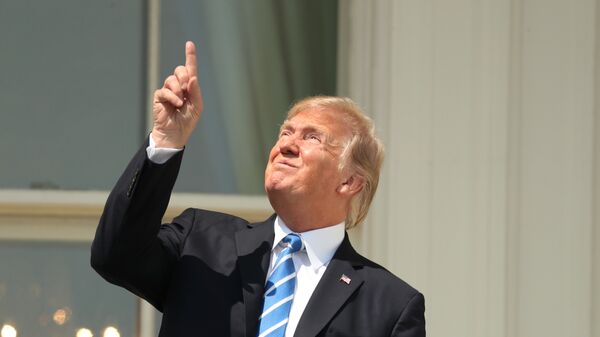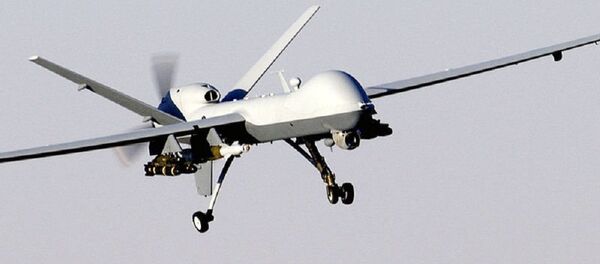Writing in a September 24 article published by Defense One, Pearce contends that new ways of supplying energy to the US armed forces should be a priority of the national security community. The Department of Energy "has begged for new authority to defend against weaknesses in the grid in a nearly 500-page comprehensive study issued in January 2017 warning that it’s only a matter of time before the grid fails, due to disaster or attack," Pearce reported.
Pearce and two other researchers have a solution: a new study published in Renewable and Sustainable Energy Reviews states "solar photovoltaic (PV) systems are an ideal distributed generation technology to provide power for such microgrids" that the technical community has recommended to curb risk. According to the study, "17 [gigawatts] of PV would be needed to for the US military domestically."
The remotely piloted aircraft operations in Yemen, Libya, Pakistan, Afghanistan, Somalia, Iraq and other theaters are underpinned by operators sitting at a desk in the US – a desk depending on a functioning electric grid. Pearce’s concern consists of how vulnerabilities to the electric grid translate into vulnerabilities in the integrity of US security operations themselves.
The engineering professor maintains a threefold threat arises from the US military’s exposure to civilian power sources. The first threat to wipe out major electricity hubs could come from nature itself, the professor says. With tropical storms, hurricanes and other devastating natural events appearing at a higher clip, this point could hardly be more obvious.
The second threat arises from conventional means, such as bombing or sabotage as part of a potential domestic terrorist plot. Pearce cites how just 100.30-caliber rifle rounds fired at electricity transformers in 2013 caused 17 of the devices to become too hot and lose functionality in the so-called “Metcalf sniper attack.” Repairs wound up costing approximately $100 million, the Wall Street Journal reported, and the units were inoperable for almost four weeks.
Lastly, the author notes how cyberattacks could jeopardize the sustained functioning of the US electric grid. A 2015 report produced by the University of Cambridge Centre for Risk Studies and insurance company Lloyd’s of London found a major cyber-intrusion against the US grid could produce $243 billion to $1 trillion in economic losses.




